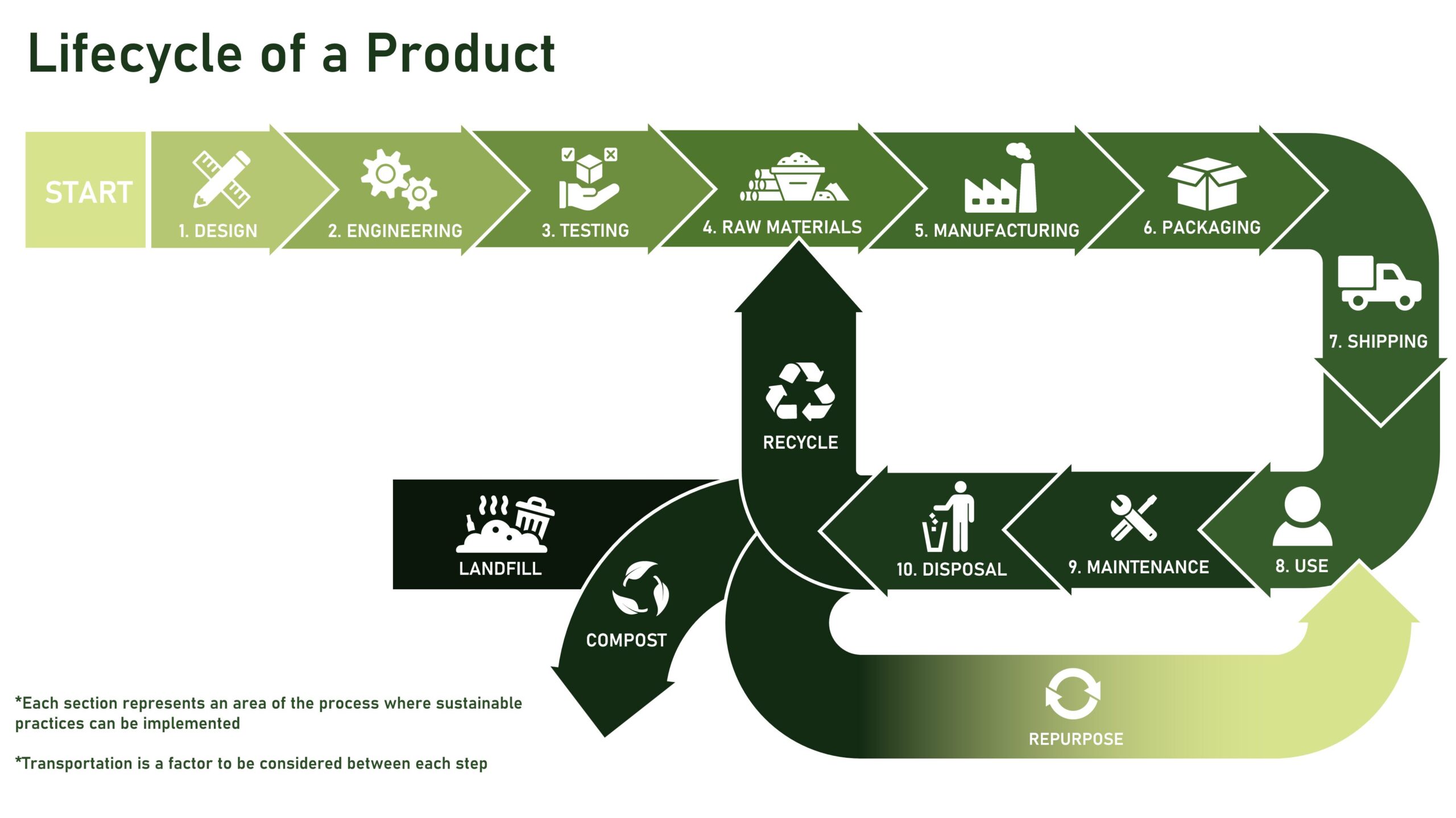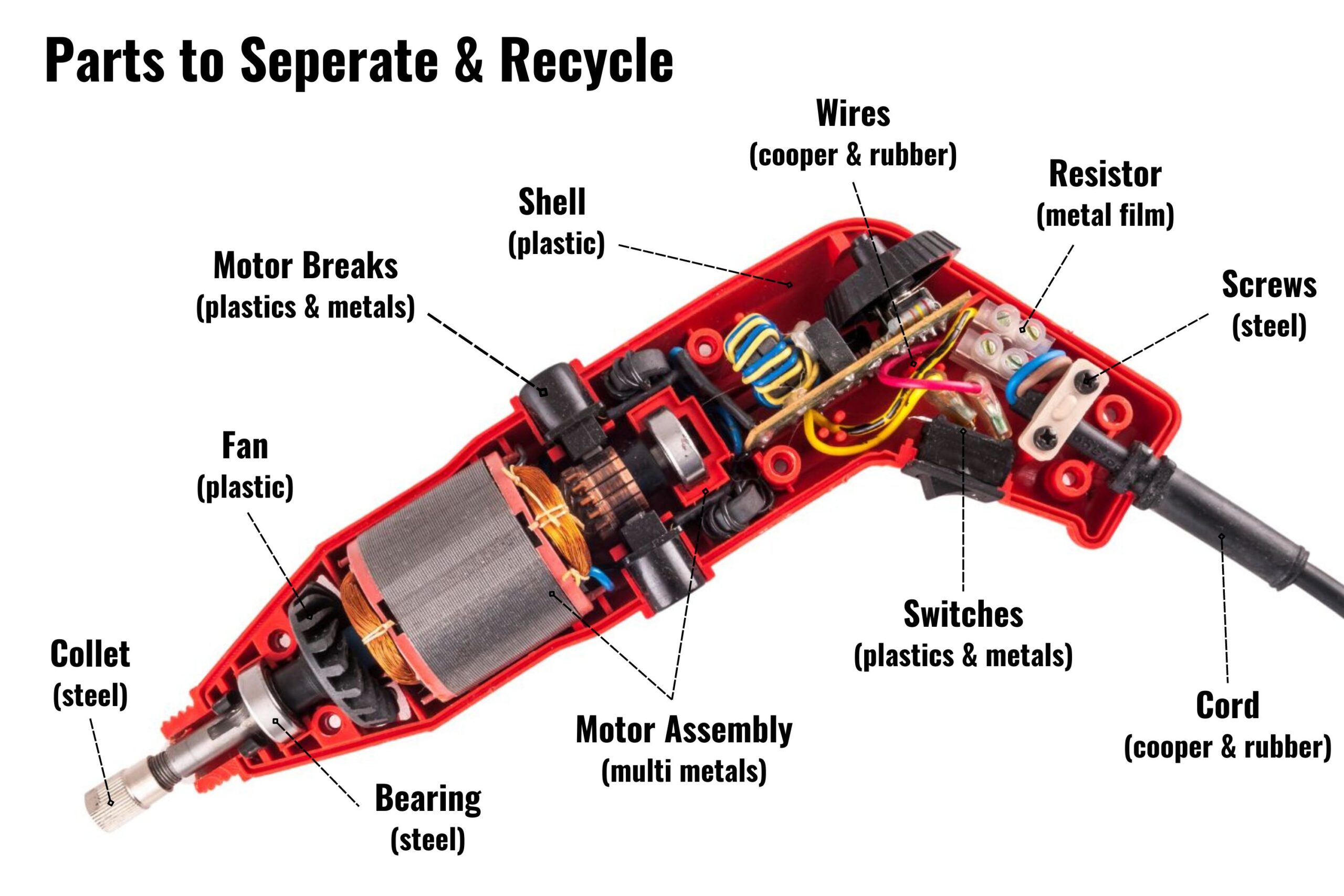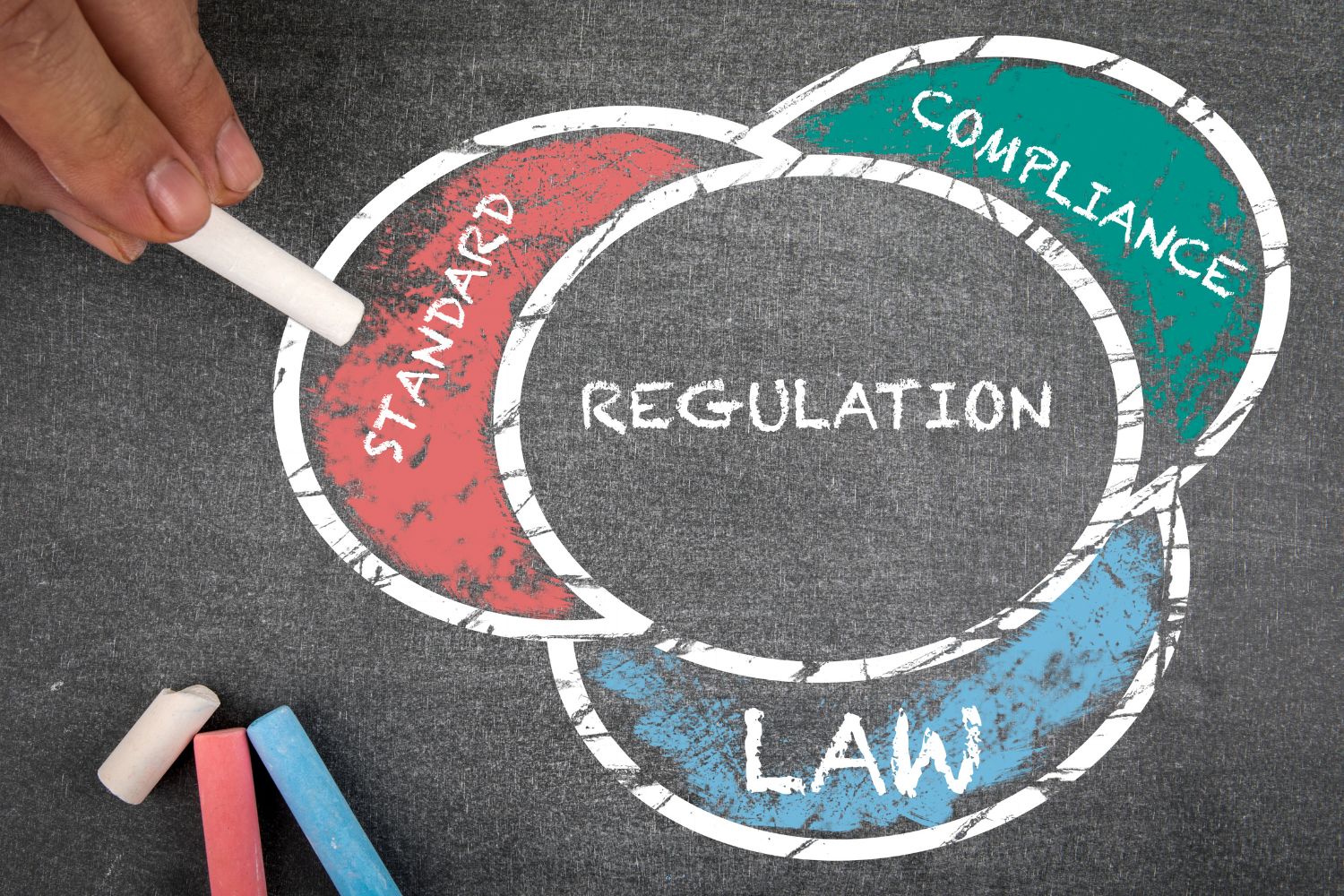A Designer’s Guide to ESG Criteria
The modern business landscape is increasingly embracing Environmental, Social, and Governance (ESG) criteria. ESG criteria are gaining traction because consumers, community members, employees, and investors are more informed about product lifestyles and business operations. Now, more than ever, companies need to understand and prepare ESG initiatives to be sustainable and hold a competitive advantage.
What is ESG?
At a high level, ESG criteria involve a company’s impact on the planet, its people, and its internal operations. Each aspect of ESG is distinct and represents modern concerns for end users, investors, and society.
Designers are keen to incorporate these principles into products because of the clear benefits. Being conscious of ESG factors enhances the value of final products and amplifies brand reputation. Each standard encapsulates a broad category and then cascades into an extensive web of rewards to create business value.

Businesses and designers must evaluate a product’s complete life cycle to address ESG criteria.
E stands for Environment
Of the ESG properties, E may be the most straightforward. It represents how a business interacts with and impacts the natural world. For example, the resources the business consumes, the waste output, and the total carbon footprint emissions across the complete business cycle.
Product designers are a huge asset when planning for Environmental criteria because they will keep you mindful of the ecological impact of your products. Designers can develop specific and practical strategies to guide eco-conscious decisions towards their best intentions. Whether they think how the product can be adequately disassembled and disposed of or offer an array of eco-friendly materials to select, designers ensure the net effect will be overall positive or neutral on the environment.
Like individuals who pick healthy alternative diets, companies should select eco-conscious materials for the betterment of Earth and those who live there. Our blog, Lean, Green Manufacturing Machine: The Future of Sustainable Materials, outlines different sustainable options. Stakeholders now prioritize environmental considerations and greener alternatives, and designers guide proper implementation.

How products and parts end their lifecycles is an intentional choice.
S stands for Social
The next element of ESG criteria is the social dynamic. This detail encompasses how companies engage with the people, employees, and customers in the community it does business. So, if a company wants to create a social reputation, it must build trust at the human level where they operate. We review a few ways large companies have adapted to diverse markets in our blog, Beyond Borders: Design Diversity In International Markets, to explore how products evolve for different areas of the world.
Regarding product development strategies, designers are trained on empathy to ensure substantial end-user safety, labor practices, and societal impact. Designers strive to create products that nurture inclusivity and diversity by planning ideal ergonomic forms for diverse end users. The high-level goal of the designer is to improve the end user’s lives through a product, so taking intentional measures to understand and assist others will be appreciated.
Social criteria apply twofold. It can involve improving the lives of customers and society by adding genuine value or supporting a specific cause. It also includes designing safer products to manufacture and distribute, thus creating social credit across the vertical business model. Ultimately, by prioritizing social considerations, companies earn consumer trust, foster loyalty, and strengthen their social status. All to drive long-term success and value.
The type of community engagement shown will define how members perceive an organization.
G stands for Governance
The final part of ESG criteria is governance. Governance refers to the internal systems a company adopts to make effective decisions, follow laws, and meet stakeholder’s regulatory needs. Every official company is a legal creation and will need some degree of governance.
Companies should proactively follow legal regulations to avoid fines, reputational damage, and operational disruptions. By staying hyperaware of evolving guidelines, businesses can promote transparent management and stay current on incentivizing initiatives, like regional grants and tax credits.
The G is critical but cannot be isolated from the environmental and social criteria of ESG. Many governing policies intertwine with environmental and social causes. Therefore, a company must dedicate itself to the Governance component to achieve the desired effect. Efforts to create transparent and effective ESG criteria will only succeed if the governing body follows through.
Compliance with federal standards and laws will preempt potential scrutiny.
Reflecting on ESG
A strategic shift to Environmental, Social, and Governance criteria is necessary to be a steward of positive change. ESG criteria promotes a transparent, accountable, and ethically-driven culture that instills confidence. As businesses and designers strive for sustainability, integrating ESG is paramount. ESG integration is not a destination, but a continuous pursuit of responsibility.
Designers play a crucial role in creating environmentally friendly, socially inclusive, and regulatory-compliant goods. And if you need help implementing ESG into your products, Beyond Design is here to help.



 Top
Top
